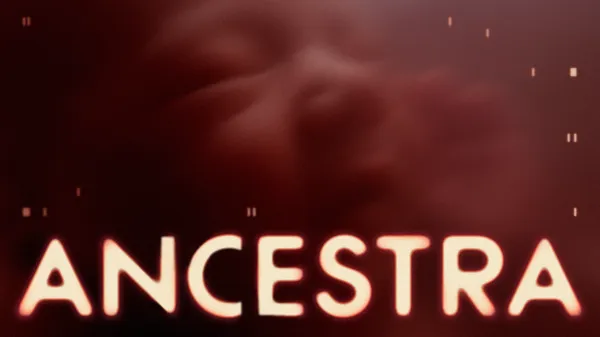 We partnered with Darren Aronofsky, Eliza McNitt and a team of more than 200 to make ANCESTRA.
We partnered with Darren Aronofsky, Eliza McNitt and a team of more than 200 to make ANCESTRA.
Behind “ANCESTRA:” combining Veo with live-action filmmaking
 We partnered with Darren Aronofsky, Eliza McNitt and a team of more than 200 to make ANCESTRA.
We partnered with Darren Aronofsky, Eliza McNitt and a team of more than 200 to make ANCESTRA.